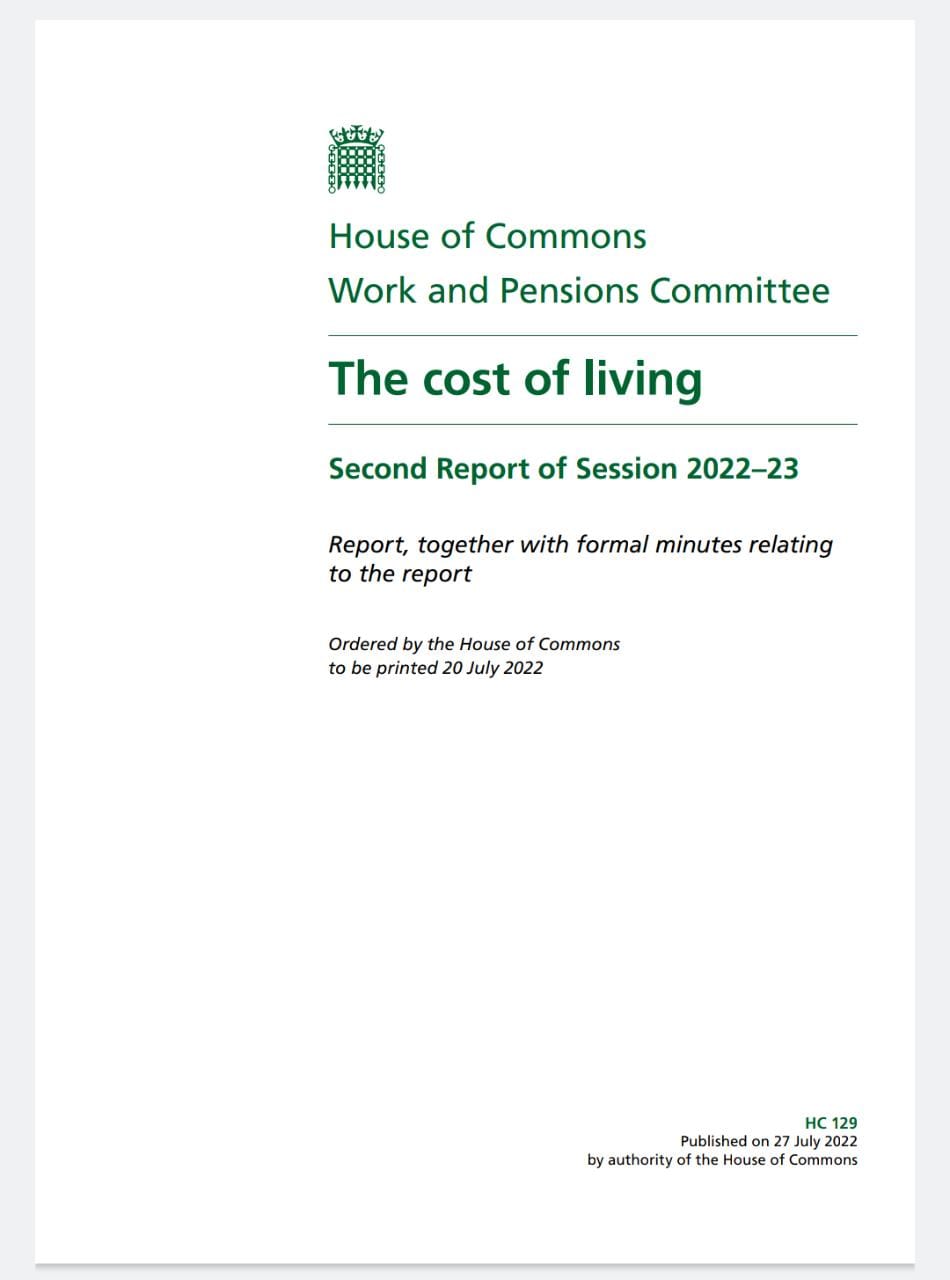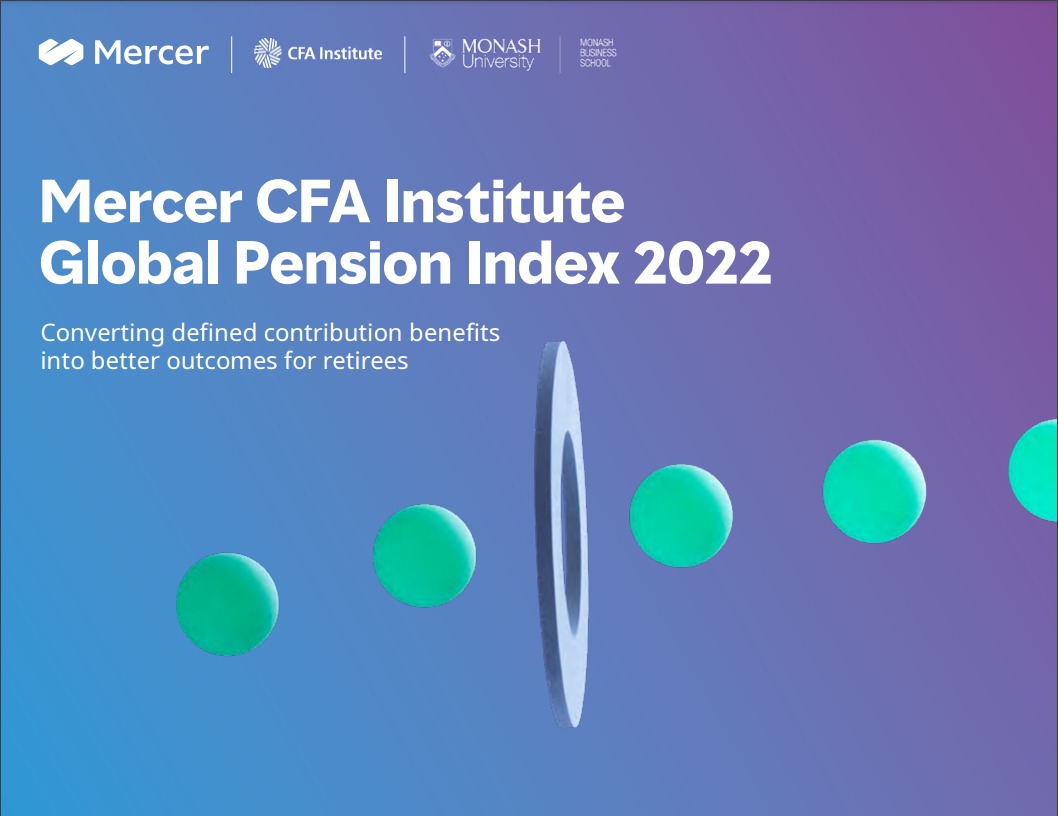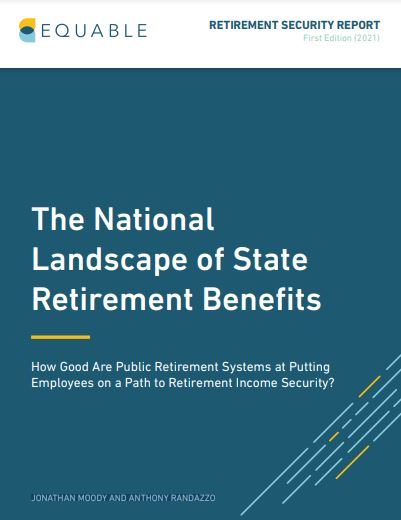The Race/Ethnicity Gap in Retirement Plan Participation: More than Just Demographics
By David Blanchett American companies have been actively shifting away from defined benefit (DB) plans towards defined contribution (DC) plans for decades. This shift places more burden on workers to make decisions like whether to participate in the retirement plan, how much to save, and how to invest those savings. This analysis explores how participation in a workforce retirement plan varies by race and ethnicity leveraging data from the Annual Social and Economic Supplement (ASEC) to the 2023 Current Population...










